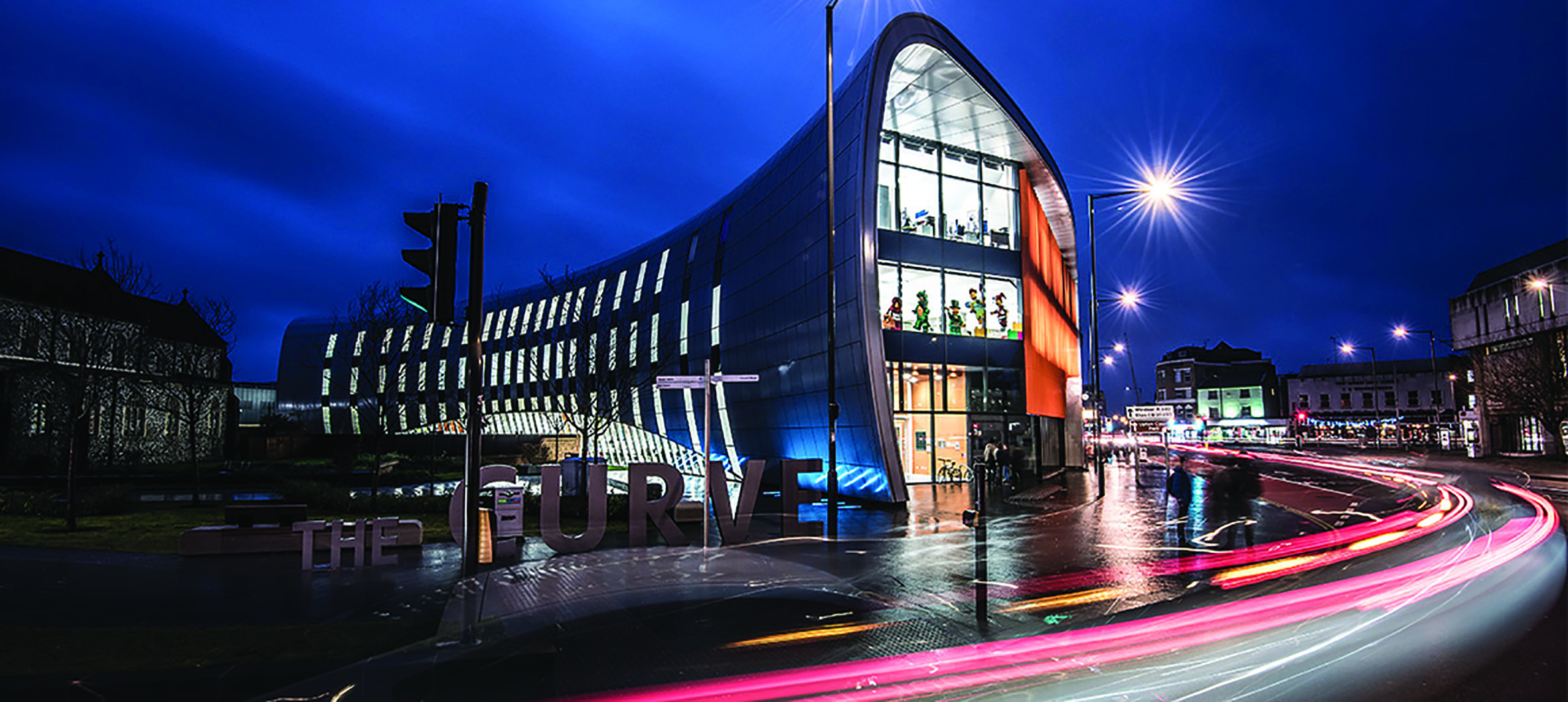Morgan Sindall to clinch £650m Slough jv
Slough Borough Council plans to select Morgan Sindall Investments as its development partner on a £650m regeneration scheme.
The joint venture aims to produce 1,400 new homes, more than 250,000 sq ft of office space, and 45,000 sq ft of retail and leisure space in Slough’s North West Quadrant.
MSI will develop the site through its subsidiary Muse Developments.
Slough Borough Council plans to select Morgan Sindall Investments as its development partner on a £650m regeneration scheme.
The joint venture aims to produce 1,400 new homes, more than 250,000 sq ft of office space, and 45,000 sq ft of retail and leisure space in Slough’s North West Quadrant.
MSI will develop the site through its subsidiary Muse Developments.
Council leader James Swindlehurst said the local authority plans to sign an option agreement with MSI and Muse later this month for the North West Quadrant, which includes the former Thames Valley University site, following several months of negotiation.
He said: “You don’t just give away a £650m scheme; we made our private sector partner work for us. They avoided competition by offering us better commercial terms.
“Given the size, scale and complexity of the site, it is probably the most ambitious local authority-led regeneration project in the UK at the moment.”
The deal is a sign of a growing relationship between the borough council and the investor dating back to 2012. Back then, the pair signed a 15-year, 50:50 partnership arrangement worth £1bn through a local asset -backed vehicle called Slough Urban Renewal. The LABV deal gave MSI exclusivity over certain sites, but the NW Quadrant scheme, which the council first bought in 2017 from the University of West London, is a new addition.
MSI has already delivered about £150m worth of regeneration in Slough, including investments in 250 homes, a renewed leisure portfolio including a new sports centre, a community sports facility, the Curve (pictured): a new library and cultural centre, and new schools.
The investment arm specialises in public-private partnerships with local authorities for housing-led regeneration schemes.
MSI and the council have a further £200m in the pipeline, which includes a £50m hotels-led project plus two housing-led schemes at Stoke Wharf and Montem. Including the new £650m deal, they are already approaching the £1bn threshold that was included in the OJEU notice.
Slough’s LABV is an example of one of the few ways councils can secure investment to boost their supply of residential or commercial space, while still maintaining a say over the development of their land.
The council transfers real estate to the LABV, and the private sector partner matches the value of those assets with cash or working capital. In this case, profits are then shared between Slough Borough Council and MSI equally.
Swindlehurst said: “We get a huge degree of control and save costs on planning and procurement, while Morgan Sindall gets continuity and a guaranteed pipeline, subject to performance.”
‘Gleaming buildings’
Slough is undergoing a transformation amid rising interest from developers in the UK and further afield.
Abu Dhabi Investment Authority is planning a £1bn revamp of the town centre. It appointed British Land as development manager this year to deliver the regeneration of the Queensmere and Observatory Shopping Centres. British Land is expected to seek planning permission for a scheme that includes a substantial increase in the number of residential units, from around 675 to as many as 2,000 flats.
Other developments in Slough include Berkeley Homes’ Horlicks site which it purchased last year from GSK for a £300m scheme, which could accommodate up to 1,300 homes, as it continues its push outside of London.
In 2018, Ashby Capital and U+I also launched a 100,000 sq ft office building in the town. The Future Works is the first of a three-phase speculative development next to Slough train station.
The council began preparing for a rise in development activity back in 2008 through its Heart of Slough strategy which envisaged four distinct quadrants: the housing-led North West Quadrant, offices in the North East, hotels in the South West, and the cultural South East quadrant.
Developers are being drawn into Slough as Crossrail looms and tougher planning regulations in London make the capital less attractive, according to Swindlehurst.
“A lot of it is triggered by the arrival of Crossrail,” he said. “Everyone is trying to get their boots on the ground. There are now gleaming buildings all over Slough.
“Some of the obligations in the London Plan have also sent some developers looking a bit further out, perhaps so they aren’t as shackled with levels of obligation. We expect our schemes to be policy-compliant and deliver 25% affordable housing, but some of Sadiq Khan’s are up to 50%, so there is a lot more uncertainty in London.”
To send feedback, e-mail anna.ward@egi.co.uk or tweet @annaroxelana or @estatesgazette











